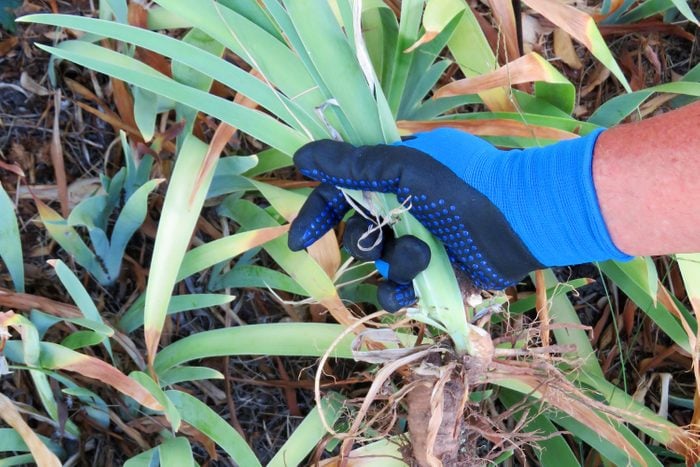Get more plants for less by dividing perennials at the right time.
10 Perennials You Should Divide in the Fall
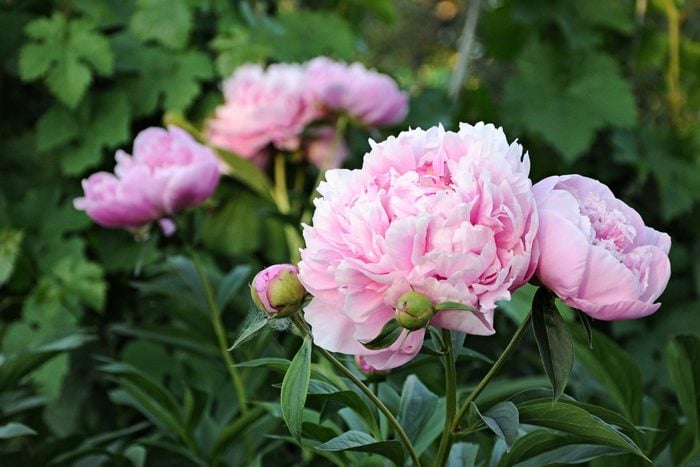
Peonies
Peonies are loved for their showy blossoms and sweet scent. They’re easy, long-lived plants that can survive even harsh Minnesota winters. They don’t need to be divided often, but they handle it well. DeVore recommends dividing in the fall. Each peony division should have three to six eyes.
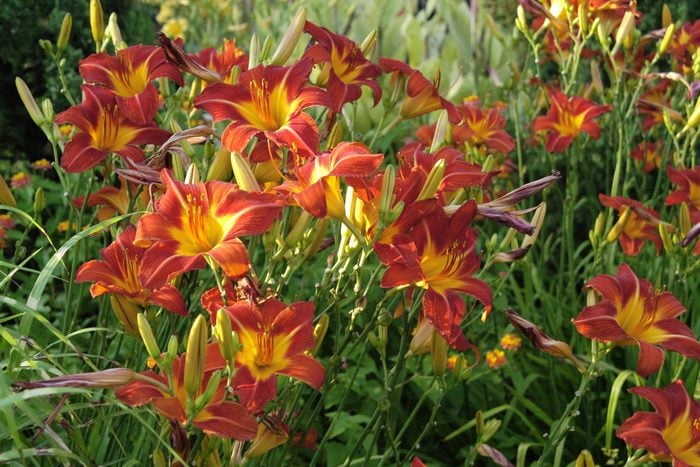
Daylilies
Daylilies provide season-long color with continuous summer blooms. They’re available in many bright colors. Summer-blooming plants like daylilies can usually be divided before or after they bloom.
When dividing daylilies in fall, Iowa State University Extension recommends cutting back the foliage to six to eight inches. Each division should have two or three fans of leaves. Daylilies should be cut back in the fall even if you don’t divide them.
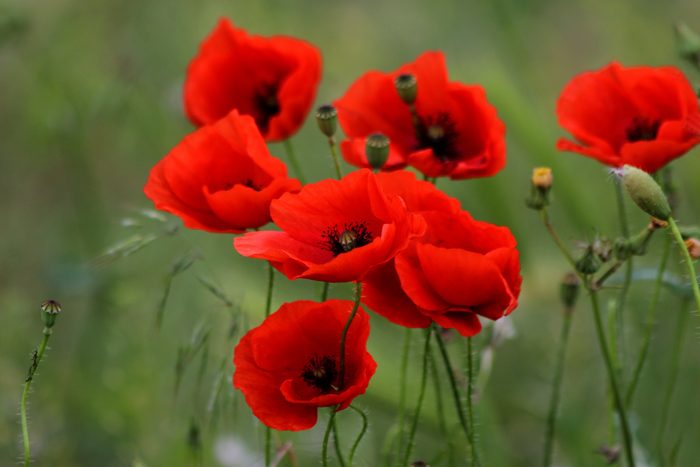
Oriental Poppies
Poppies are next on the list for fall division, according to Ronnie Collins, founder of the Electro Garden Tools blog. These happy flowers are most well-known for large, scarlet blossoms, but there are many types of poppies with many colors. Divide these plants when they die back in the fall.
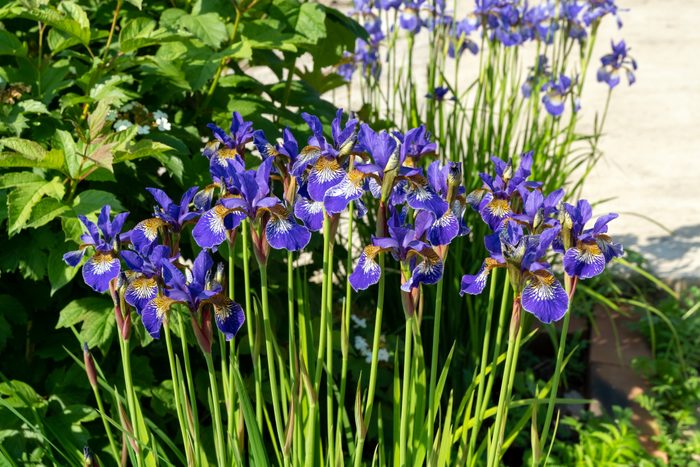
Siberian Iris
This smaller iris variety is well-loved for its attractive foliage and graceful flowers. DeVore and Collins both recommend dividing Siberian iris plants in the fall. Divide these similarly to daylilies: Cut back the foliage, keeping about three fans of leaves and maintaining a good root system for each division.
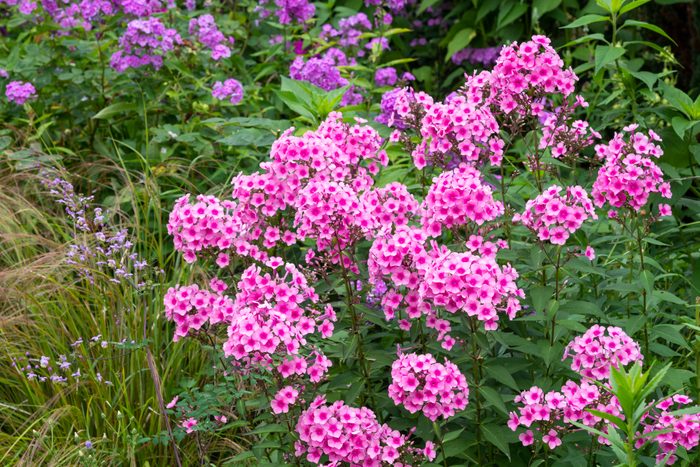
Garden phlox
This long-blooming perennial has large, showy clusters of flowers than dazzle all summer.
When dividing garden phlox in the fall, Iowa State University Extension recommends mulching after replanting: “A four- to six-inch-layer of straw, pine needles, or similar material should prevent repeated freezing and thawing of the soil that could heave late summer/early fall planted divisions.”
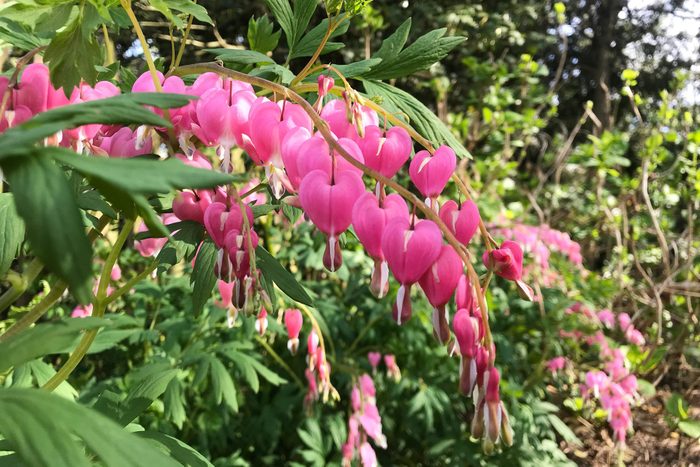
Bleeding Heart
Bleeding heart plants don’t have the longest blooming season, but it makes up for time with quality and resilience. This woodland garden staple’s heart-shaped flowers dazzle gardeners every spring.
According to the University of Wisconsin Madison Division of Extension, self-seeded plants take several years to bloom, so propagation by division is a popular option. Collins recommends dividing in fall.
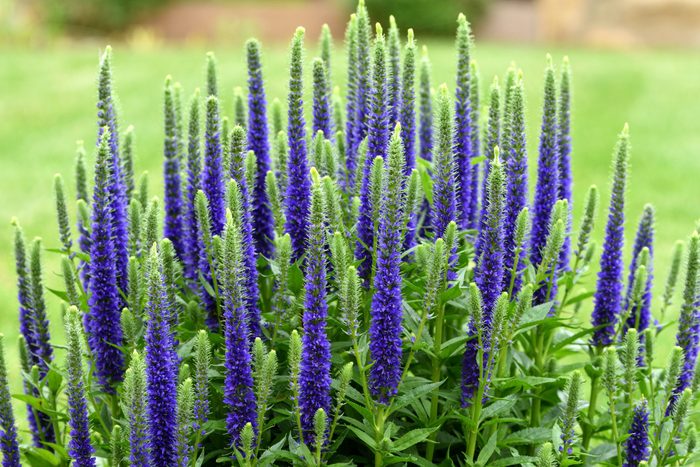
Veronica
Veronica, AKA speedwell, is a hardy perennial with spiky purple flowers. It’s a versatile landscaping plant, great for filling in bare spots. Collins recommends dividing this plant in the fall when it’s not flowering.
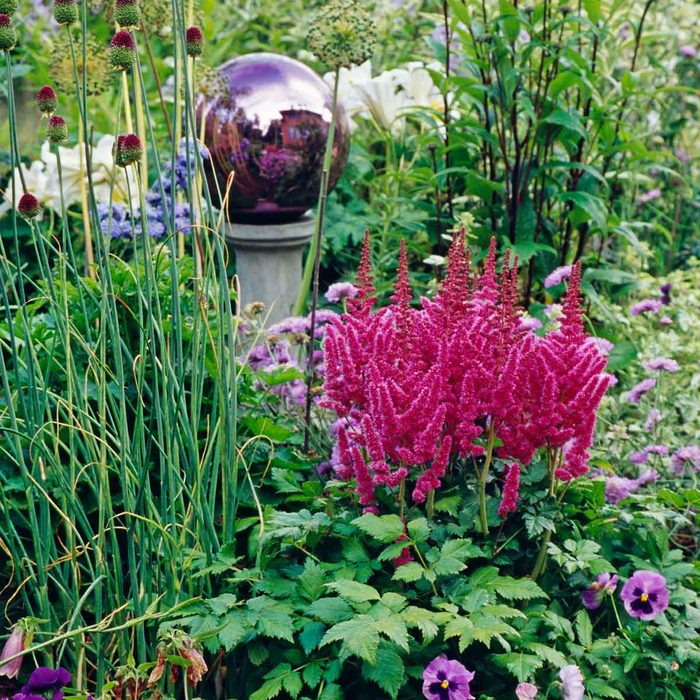
Astilbe
A popular perennial for shady spots in the yard, this hardy plant features fernlike foliage and a fragrant plumes of pink, red and white that bloom in early to mid summer. It grows as a hardy perennial in plant hardiness zones 4 to 9, and enjoys moist, acidic soil. For sandy soil or ground with heavy clay, amend it with compost at time of planting.
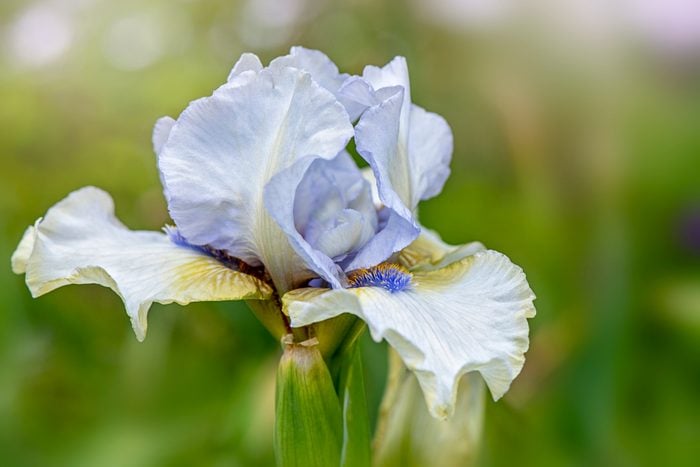
Bearded Iris
Bearded iris are another popular perennial for flower lovers with their bright, ruffled blooms giving yards a pop of color in the spring and summer. Don’t crowd them with other plants, and make sure your putting them in a sunny spot with well drained soil.
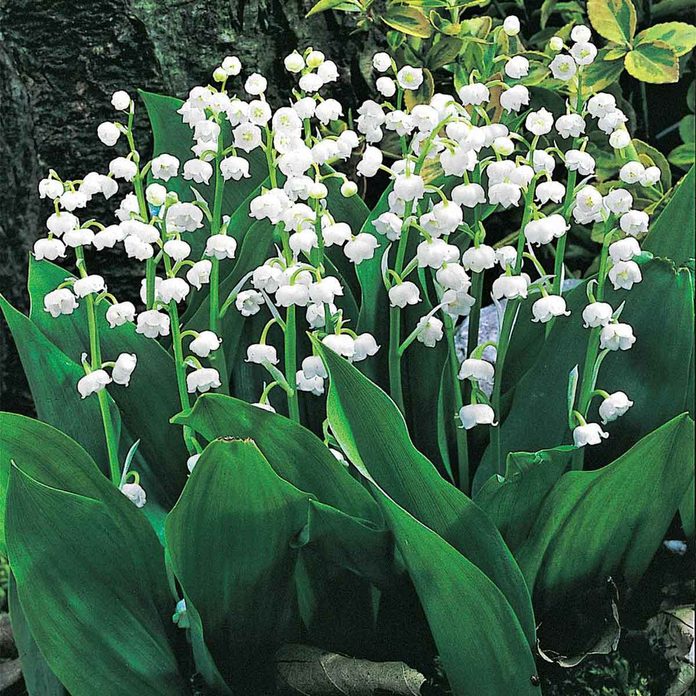
Lilly of the Valley
A delicate, flowering ground cover plant that’s great for landscaping features, Lilly of the Valley spreads quickly to fill bare patches around taller plants in your yard and garden. This low-growing shade plant sports tiny, bell-shaped flowers with a lovely aroma.
